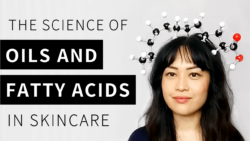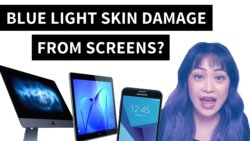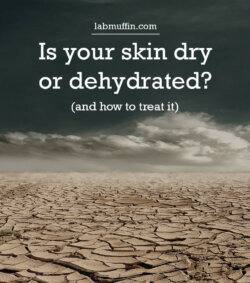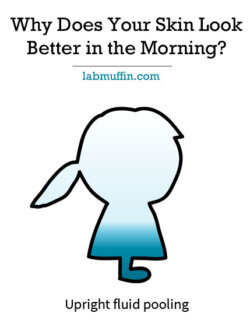Purging vs Breakouts: When to Ditch Your Skincare
Have you ever tried a new skincare product, only to discover that it makes your skin flare up with pimples? This could be your skin purging, or it could be your skin reacting to the product and having a regular breakout. Purging is when your skin is adjusting to the new product. Persevering with the product will eventually make your skin …







